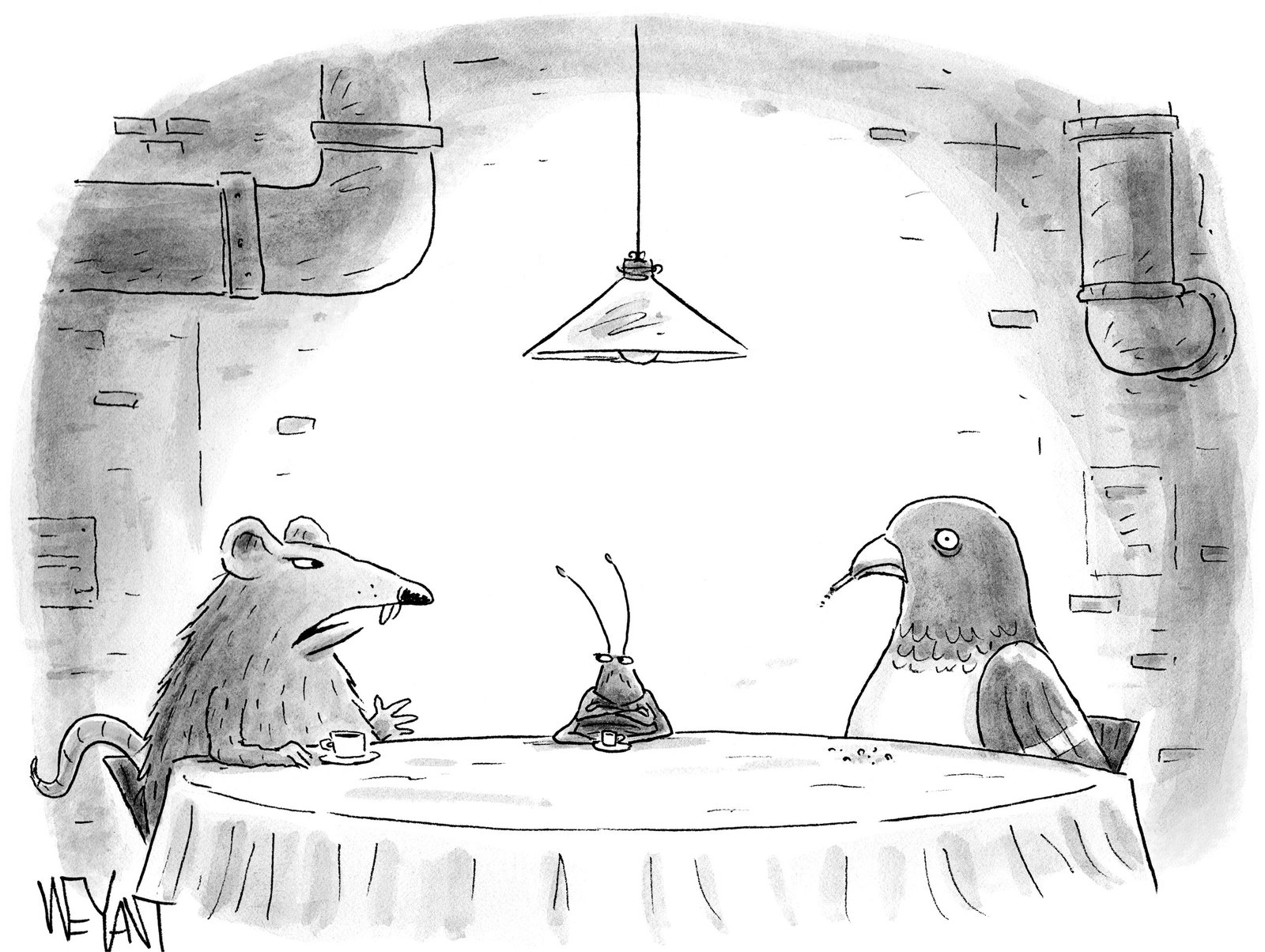Greene’s nearly decade-long collaboration with Morgan was arguably the most important relationship of her life outside her family, and I think the curators have done a terrific job of showing the peculiar intimacy that collectors and curators share. The ledgers, letters, cards, and other ephemera on display document not only what Morgan bought but also what Greene turned him on to. Though collectors and curators or librarians usually maintain a professional distance, it is inevitably disrupted when they disagree about a purchase and whether it works in the collection; it’s a team sport for two.
Morgan had the money and the dream—and a great eye—but Greene had the vision and creativity to see that the library could tell a story, not so much about the accumulation of stuff but about man’s deep desire for knowledge, and thus truth. Ciallela and Palmer suggest that if Greene had told the truth about herself she would not have had her extraordinary career. But lies demand constant feeding, and the work of maintaining her fiction must have been draining. If you’re going to be white, someone else has to be Black—and preferably stereotypically so, the better to emphasize your God-decreed superiority. When her maid died, in 1910, Greene wrote to Berenson about the “poor little black thing who had been more than a mother to me” and “my faithful and adoring slave.” In 1921, after seeing Eugene O’Neill’s “The Emperor Jones,” starring the Black actor Charles Sidney Gilpin, she wrote to Berenson, “A real (New York) darky—and amazingly well done.”
The language Greene used with white people was perhaps not so far from that of the light-skinned, class-conscious Black society in which she spent her early years—which considered dark-skinned Blacks to be less “distinguished.” Born in 1879 in Washington, D.C., which, as the historian Willard B. Gatewood noted, was then “the center of the black aristocracy in the United States,” Belle Marion Greener was the third child of Genevieve Ida Fleet Greener, a musician and a teacher, and Richard Theodore Greener, a lover of books and art who, in 1870, had been the first Black graduate of Harvard College. In 1872, he became the principal of the Preparatory High School for Colored Youth, the country’s first public high school for Black students (and one of the schools where Genevieve had taught music). After they married, in 1874, Genevieve followed her husband to South Carolina, where he had become the first Black professor at the University of South Carolina. They returned to D.C. after Reconstruction fell apart, and Greener supported his growing family by working as a lawyer and as the dean of the Howard University Law School.
The Greeners had five children, including Belle (two others died in infancy), and, in 1888, settled in New York, where Greener served for several years as an examiner at the Municipal Civil Service Commission and led the effort to raise money to build what is now known as Grant’s Tomb. In 1898, when Greener was struggling to find work, he sought out the help of Booker T. Washington. Soon, he was serving in President William McKinley’s diplomatic corps. (According to Strouse, Republicans gave foreign jobs to a few distinguished Black men to attract the Black vote.) Greener was sent to Vladivostok, a remote Russian outpost. Before becoming a diplomat, he had separated from Genevieve, possibly owing to their differing views on race. Genevieve was already passing as white in some contexts; presumably, the children were, too. Greener died in Chicago in 1922, likely without seeing the children he had with Genevieve again.
By choosing whiteness, Genevieve set a damaging example for her offspring. The lesson it taught them was that whiteness was “better,” its power the only kind worth claiming. In this way, she condemned herself and her children to a void of history. They were racial mushrooms, sprouting out of nowhere, with no permanent ground to stand on. They could trust no one, because they had no one, and I can only imagine the corrosive effect this would have on the spirit.
Once Genevieve and her children began passing in New York, they had to assume new or, rather, reimagined identities. The family abbreviated Greener to Greene. Genevieve changed her maiden name from Fleet to Van Vliet, to align it with the old Dutch names that were then prominent in New York society. Greene and her brother, Russell, added da Costa as a middle name, to connect themselves, the curators write, “to a fictional Portuguese heritage that would help explain their darker complexions.” (The other siblings had lighter skin tones and did not bother to make this change.)
In order to help support her family, the industrious Greene dropped out of high school, at Horace Mann, after a year and, in 1894, began working as a messenger and a clerk for Lucetta Daniell, the registrar at Teachers College. By 1896, she was Daniell’s assistant, and Daniell was her protector and mentor; Greene eventually found another advocate in Grace Hoadley Dodge, one of the founders of Teachers College. Both women encouraged her to go back to school—the only way she could achieve her longtime dream of becoming a librarian. (Greene once told a journalist, “I knew definitely by the time I was twelve years old that I wanted to work with rare books. I loved them even then, the sight of them, the wonderful feel of them, the romance and thrill of them.”) Daniell and Dodge’s support led Greene to enroll at the Northfield Seminary for Young Ladies, in western Massachusetts, a school for intelligent students of modest means. In a letter of support, Dodge wrote to the wife of the school’s founder:
There is no evidence of Genevieve’s having attended Mount Holyoke, or of Richard having “Spanish Cuban” blood (a term chosen to distinguish it, no doubt, from “ordinary” Cuban blood). But to see the racial fear and justification in Dodge’s letter is to see how much Genevieve had already done to perpetuate certain myths, including that of the “shiftless” Black man. To describe a skin color is to say nothing about the person. But, if you create a story around it, you can trigger all sorts of things, including puritanism and the nasty, uncomfortable thrill of the exotic. Greene had to explain her light-brown complexion somehow, so why not make her a victim of it, and Richard the dark marauder sullying Genevieve’s and his daughter’s whiteness—because isn’t that what Black men do?
We live in a world where miscegenation is still often reviled. And artists ranging from D. W. Griffith to Adrienne Kennedy have made art out of racial—read sexual—hysteria. Kennedy’s play “Funnyhouse of a Negro” tells the story of a young light-skinned Black woman who lives in thrall to her dark-skinned father and white-skinned mother. Near the end of the play, her interior voices all speak together:
I wonder if Greener “returned” to his daughter throughout her life, not as a man but as a dark shadow her heart could not let go. Before her death, Greene destroyed her diaries and the letters in her possession, so we’ll never know. It’s up to us to imagine how she, a fatherless, culturally deracinated girl, might have felt as she made her way through Northfield and, in 1900, through Amherst College’s Summer School of Library Economy. Classes on topics such as cataloguing, the Dewey decimal system, and handwriting helped the future librarian hone her skills, which she further sharpened at Princeton University’s library, where she went on to work, for an annual salary of four hundred and eighty dollars—a bit less than eighteen thousand in today’s dollars. (Librarians, like schoolteachers, remain at the bottom of the financial ladder. To economize, Greene roomed with her boss, Charlotte Martins, and Martins’s family.) It’s unclear how Greene got the job, but it is almost certain that she wouldn’t have got it if the administrators had realized that she was Black. Known then as the “Southern Ivy,” Princeton had a number of students from the former Confederacy.
An image from the Anhalt-Morgan Gospels, from the late tenth century, purchased by the Morgan Library & Museum in 1948.Photograph by Janny Chiu / Courtesy Morgan Library & Museum
#Hidden #Story #Morgans #Librarian











Leave a Reply